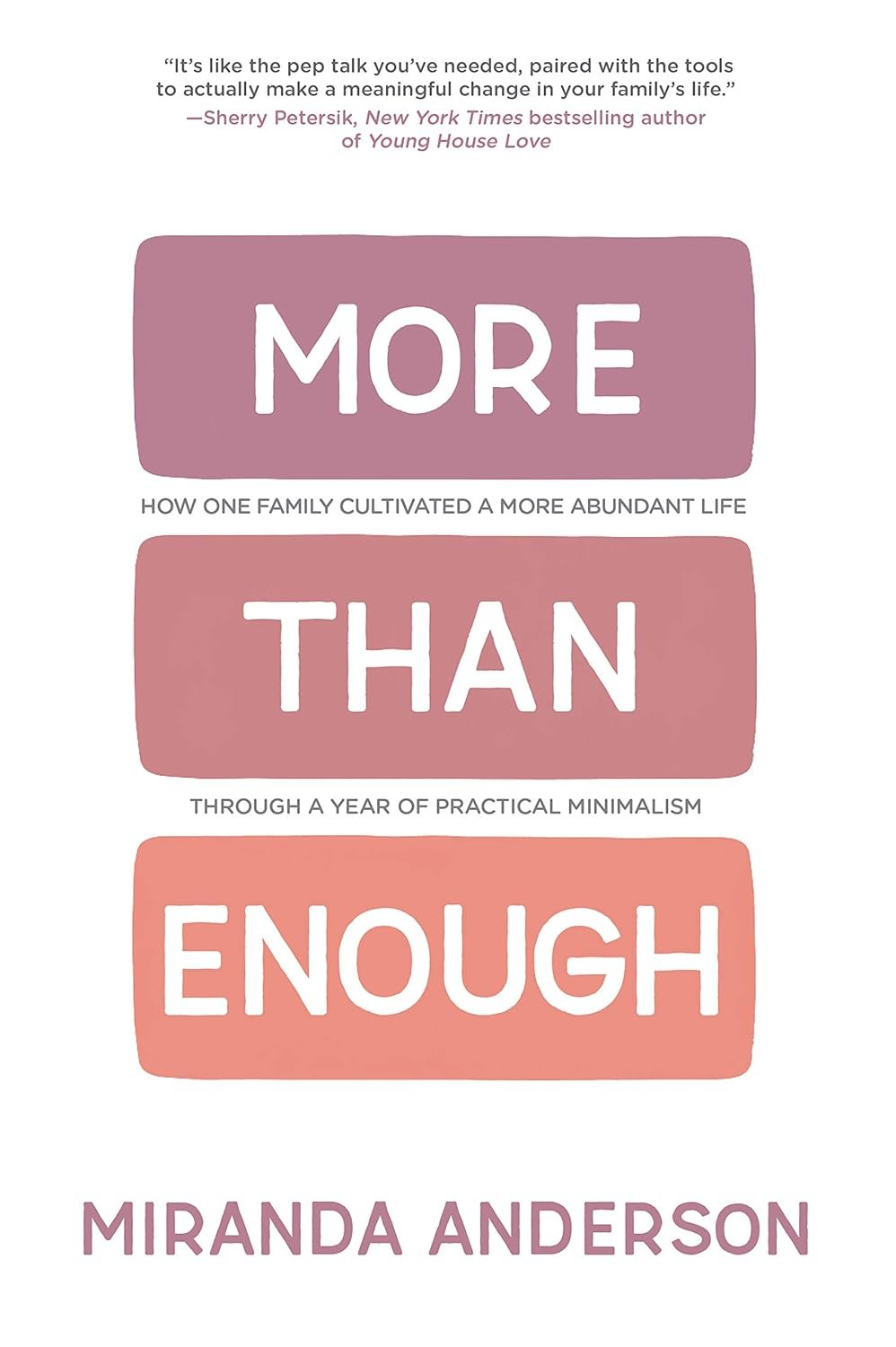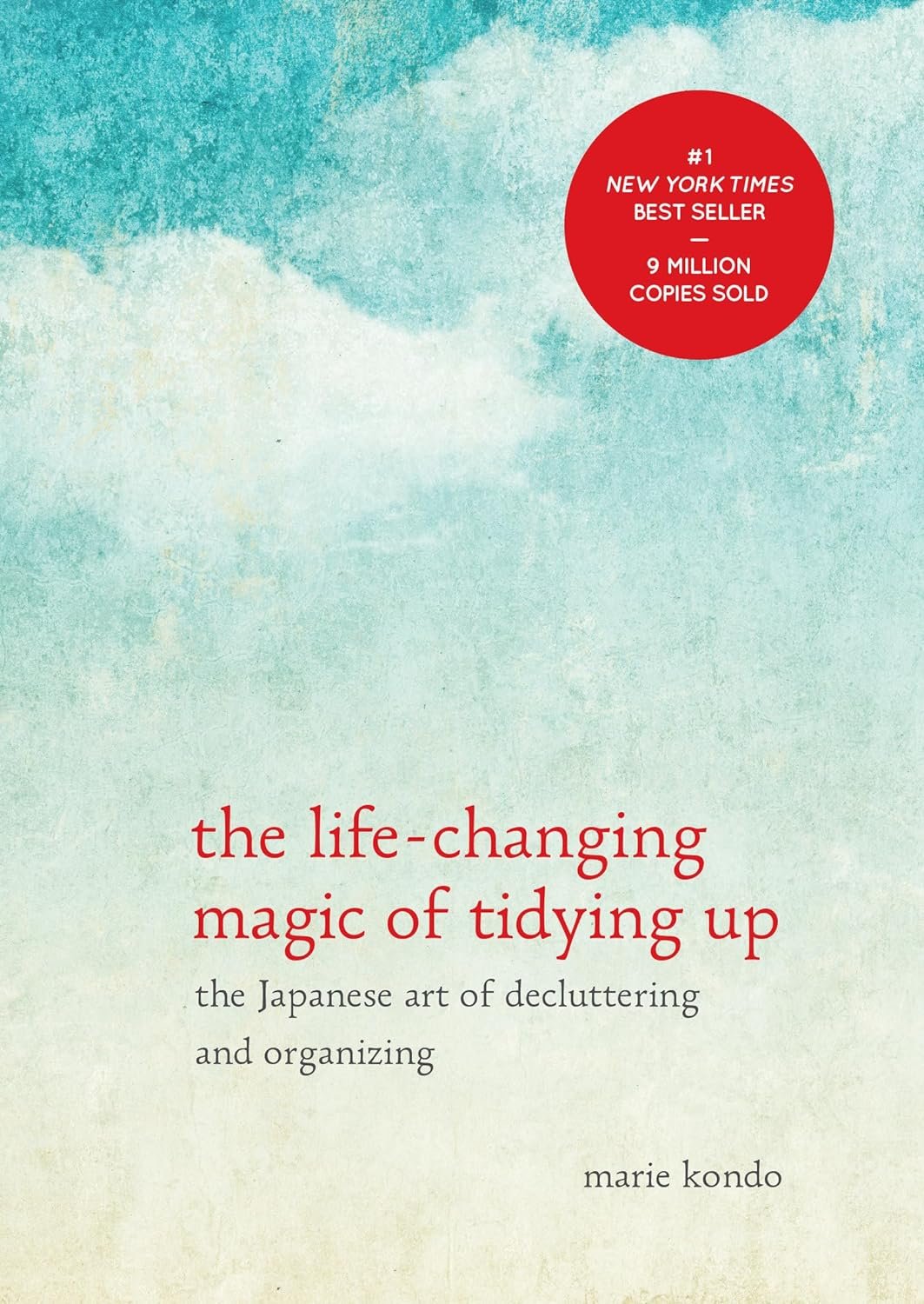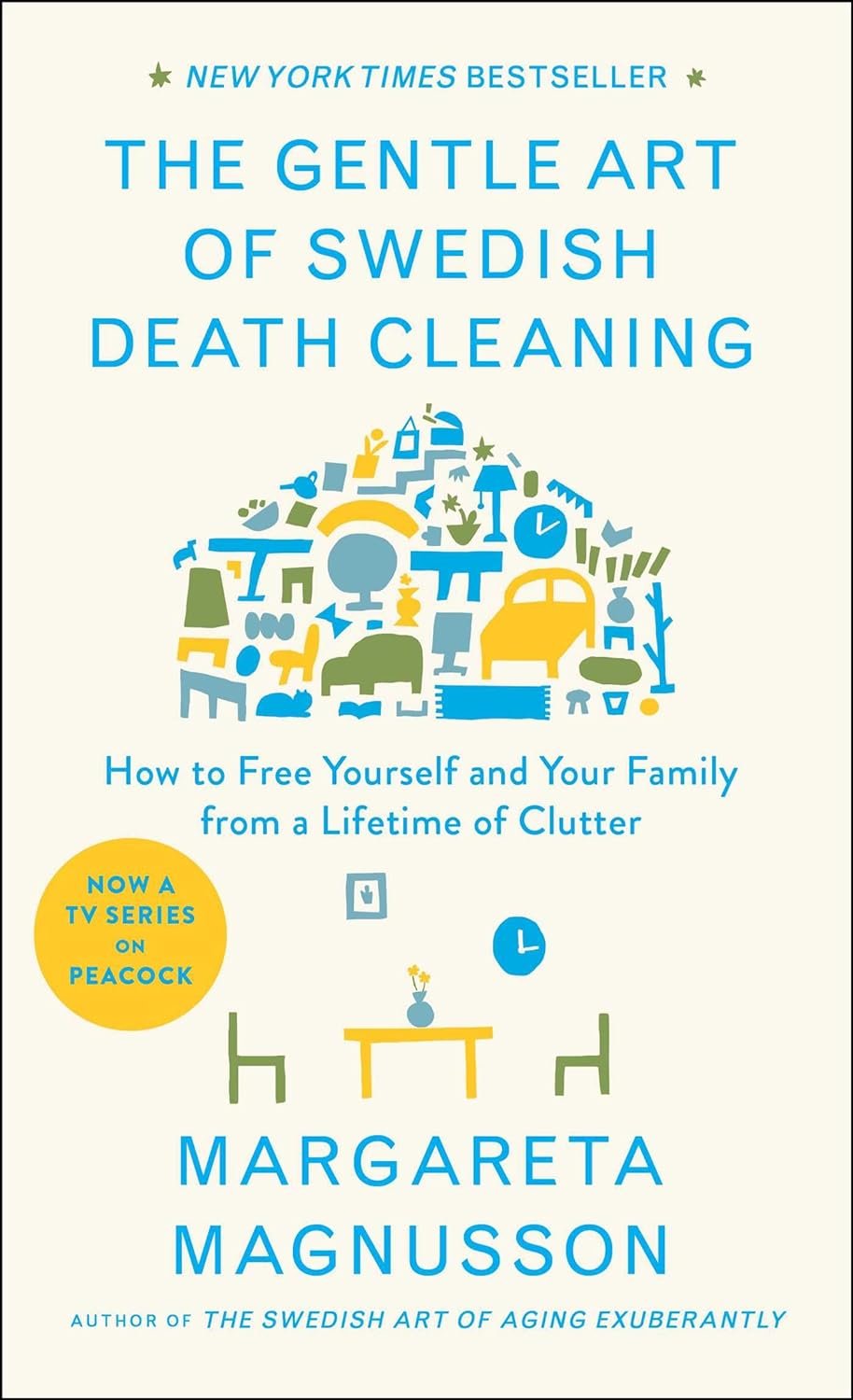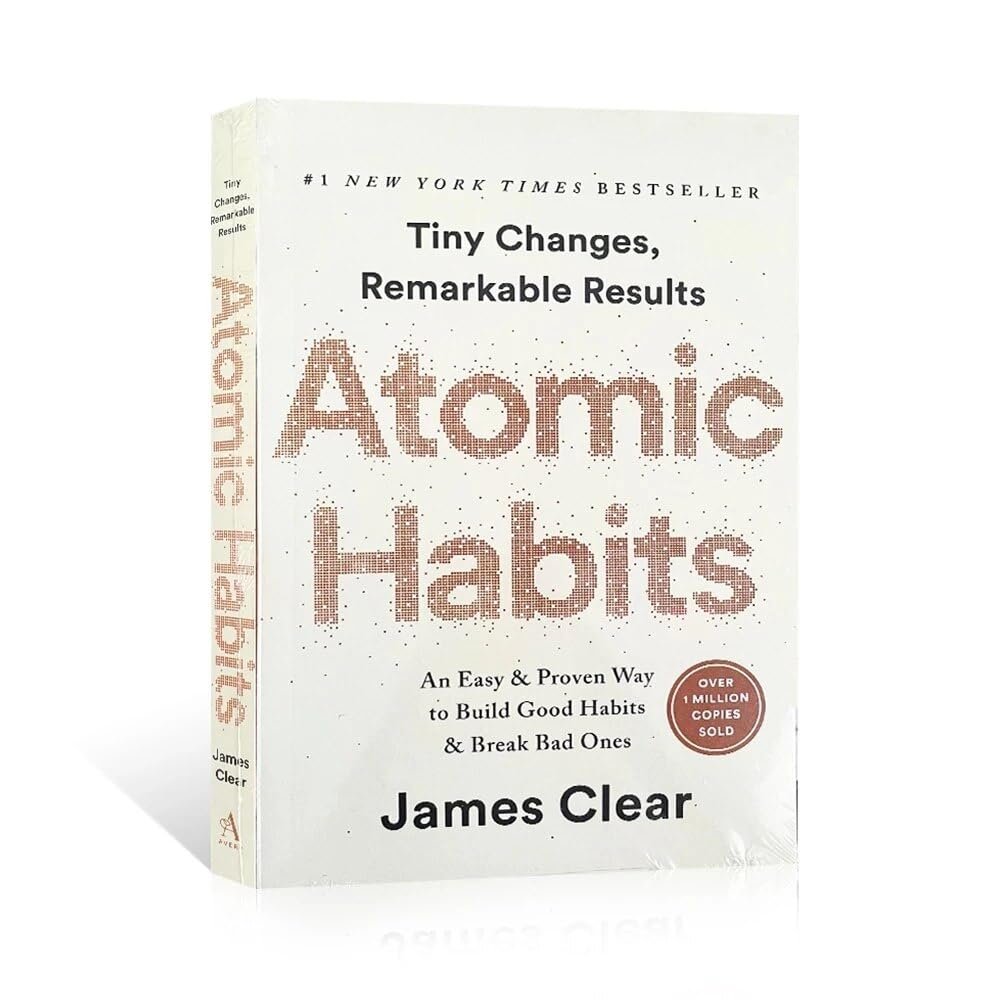There’s something magical about spring—it’s a chance to shake off the dust (literally), open the windows, and breathe new life into your home. But if the thought of cleaning the entire house makes you want to crawl under a blanket… you’re not alone.
Here’s the good news: spring cleaning doesn’t have to be a once-a-year marathon. With a few small habits and some intentional choices, you can keep your home feeling fresh and manageable all year long.
7 Simple Tips to Make Spring Cleaning Easier:
1. Declutter as you go.
Keep a donation bin in a closet or laundry room and add items weekly. If it’s not useful or loved, let it go!
2. The 15-minute tidy.
Set a timer and focus on one space at a time—your nightstand, a junk drawer, under the sink. Small wins add up.
3. Reset every Sunday.
Spend 20 minutes tidying up key spaces (like your kitchen counters, entryway, and bathroom) to start the week fresh.
4. Use the “one in, one out” rule.
New candle? The old one goes. New hoodie? Donate one. It’s simple, but it works wonders.
5. Keep like with like.
Group similar items together—chargers in one bin, pet supplies in another. Label them so everything has a home.
6. Think “zone” not “room.”
Instead of “clean the whole kitchen,” just start with the pantry or one drawer. Momentum matters.
7. Don’t forget the hidden chaos.
Your junk drawer, that pile of mail, the basket you shove stuff into when company comes over… yes, those too.
Where to Donate Gently Used Items in RVA
Giving your stuff a second life is a great way to reduce waste and support local nonprofits. Here are some of our favorite thrift stores doing good in the Richmond area:
Hope Thrift
West End Thrift
Thirty Sisters
Redemption Thrift
Diversity Thrift
Arc of Hanover
Before donating, always check their websites or call ahead to confirm what they accept.
Spring Cleaning + Earth Day
Spring is the perfect time to think sustainably. From donating and reusing to recycling the right way, your clean-out can be eco-friendly too.
Check out CVWMA’s Earth Day page for recycling tips, local drop-off events, and inspiration for making small changes that protect our planet.
Need a Hand with Spring Cleaning?
Whether you're ready to tackle a single space or the whole house, we’re here to help you simplify, organize, and fall in love with your home again.
You don’t have to do it all at once, and you definitely don’t have to do it alone. 💛
